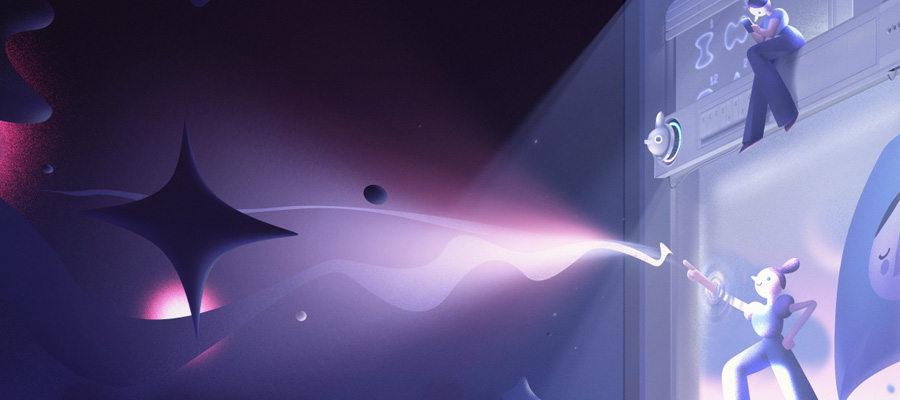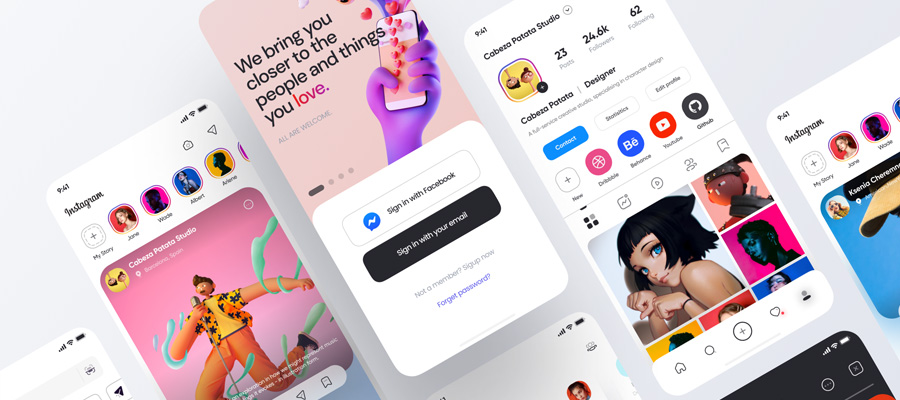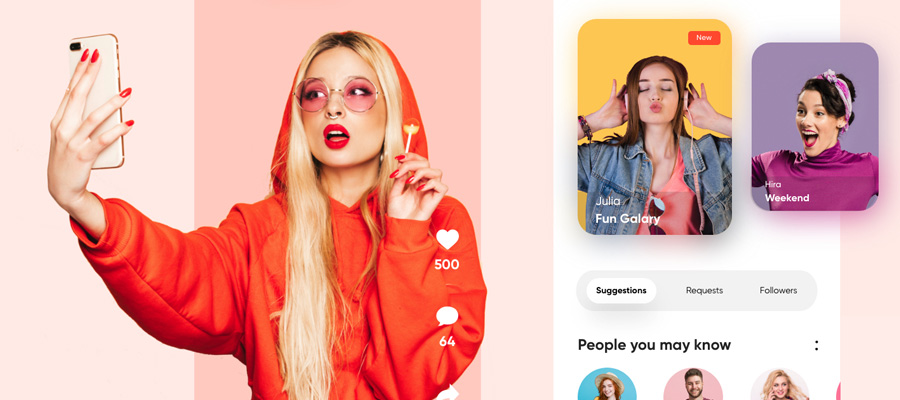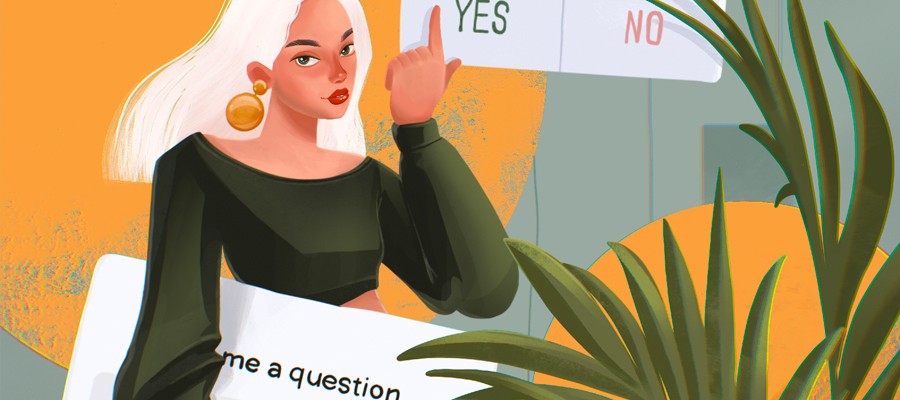Today every hour gets snapped up in a million different ways and shared across dozens of platforms and hundreds of websites. People have become obsessed with capturing their lives - from the mundane to the remarkable. After all, it’s easy enough to delete a hundred photos and then make space for more.
These days, photos are about consumption, not necessarily about art or preserving memories; smartphones and online platforms like Instagram directly hand in that. Over 95 million photos are uploaded to Instagram every day. And more than 300 million photos are uploaded to Facebook each day. Then smartphone owners use every cloud platform who wants to back up their photos, videos, and files on the cloud.
Photography is no longer a niche hobby or vocation best left to the professionals. Anyone and everyone can take as many snaps as they like, whenever they like. But with this popularity in sharing (and over-sharing!) comes a few not so great byproducts.
Here’s a look at the modern age of photography instead of smartphones and platforms like Instagram.
Instant Gratification
One thing that came along with digital photography and, especially, smartphones is that no one has to wait for their photos anymore. On the one hand, that’s a good thing. Photographers used to have to take painstaking measures to ensure their shots weren’t overexposed, spotty, or had some other flaw. With digital, though, a bad photo isn’t a deal-breaker because it’s easy to check it and take another one.

illustration by Igor Kozak
There are some downsides to this. For one, it means people become obsessed with taking photos until they “get the right one”. Instead of taking the time to get the best photo possible on the first or second try, they take hundreds and hope one turns out okay.
Everyone’s a Photographer
Photography does take talent but is a learned skill nonetheless. These days, even the cheaper digital cameras come with advanced features attached. Plus, smartphones are steadily taking over in the camera department - many photographers opt to use a good smartphone instead. But that also means any amateur can start taking photos and call themselves a photographer.
That’s not terrible per se, many an amateur has produced remarkable snapshots and have gained success in their careers. But not everyone can be the next Robert Frank or Gerda Taro.
A Growing Sense of Narcissism
Getting that perfect selfie has become more critical than ever for some. Social media gets flooded with pictures of people who need to capture themselves and their lives constantly. There’s nothing wrong with that until it becomes an obsession.
In a world filled with people always vying for more attention, some will go to extremes to get it. People have put themselves in dangerous situations to get a unique or wild shot, sometimes with dire consequences. Those social media likes aren’t worth it.
Stalking Problems
Since people post so much of themselves on the web - and it gets shared around by practically anyone - digital stalkers are a huge problem. People have been harassed for taking provocative photos that get shared online by exes, and many others have been stalked on social media. Parents often also like to share photos of their children online, but this opens them to predators and even digital kidnapping.
It can even go further and spill into real life - with stalkers tracking their victims down through their IP addresses. For those who are concerned and hurriedly typing “how to hide my IP” into a search engine right now, don’t panic yet. There are ways to become more anonymous on the internet. The most popular being VPNs and their ability to hide people’s IP addresses.
Privacy Issues Abound
The simple act of uploading a photo onto a cloud server or social platform seems innocent enough. Cyber thieves are always on the lookout for private data - including photos - and it isn’t hard to find either.
People’s connections get hacked without them knowing, and suddenly strangers have instant access to everything they’re doing and sharing online. Things like man-in-the-middle and SSL stripping attacks are becoming more frequent and more worrisome. Again, using a VPN can help with this issue and provide some much-needed privacy and security. But keep in mind that taking other cybersecurity measures are also important in this day and age.
Conclusion
Posting photos on the internet is nothing new. It’s been accessible right since the internet started to take off. The first photograph was published on the web by Tim Berners-Lee in 1992. Now storing and sharing photos on the web is practically second nature. Unfortunately, this need for sharing also leads to unintended consequences sometimes.




















